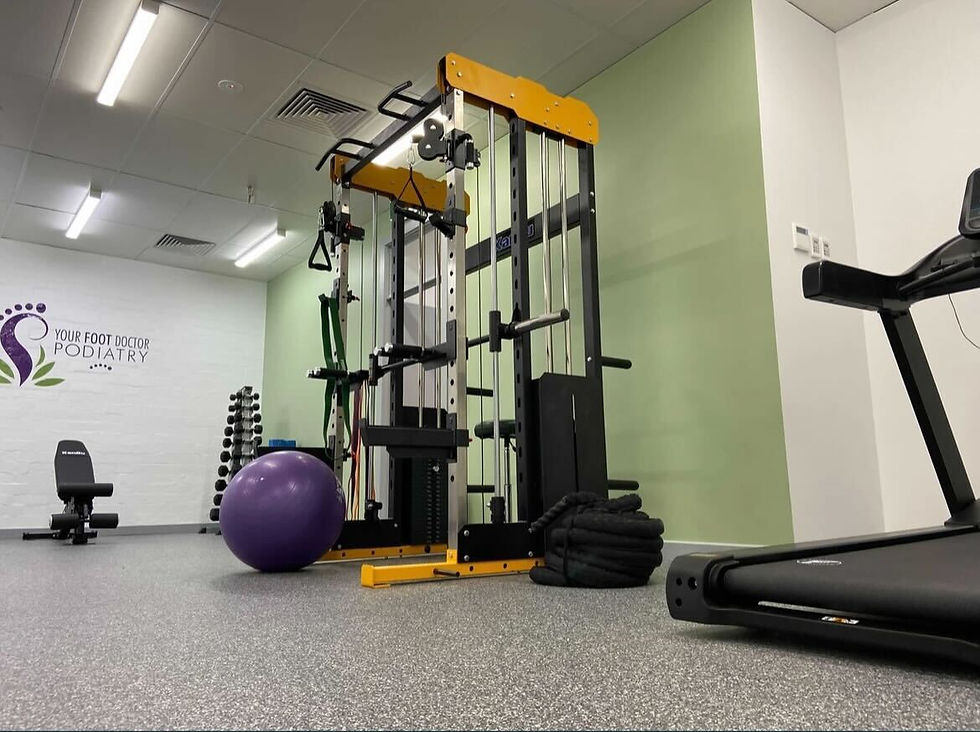Are you Suffering from Shoulder Impingement?
- Carla Roocke
- Aug 31, 2021
- 2 min read
Updated: Aug 9, 2022
What is shoulder impingement?

As many people know the shoulder is made up of a ball and socket joint. What people don’t realise is that healthy movement of the shoulder and arm involves more than just the ball and socket joint, it also involves the collar bone (aka the clavicle) and the shoulder blade (specifically the acromion) and the joint which connects the acromion and clavicle.
In between this joint and the acromion and the ball and socket joint there is a small gap called the subacromial space. This is where a lot of muscle tendons run and bursa sit, and where shoulder pain and impingement occur.
When you raise and twist your arm, this subacromial space reduces. During repetitive actions of raising and rotations, the tissues in the subacromial space become repetitively trapped and inflamed causing swelling i.e. throwing, swimming, repetitive forward lifting and overhead lifting. The swollen and inflamed tissue then become more likely to to be aggravated.
Other causes of shoulder impingement can be related to poor posture (i.e. sitting at a desk, knitting, crocheting, driving and cooking) can all be related to shoulder impingement by causing a continual narrowing of the subacromial space.
What are the symptoms of shoulder impingement?
Pain and tenderness at front of shoulder
Pain when arms are extended above head, and pain when lowering arms from raised position
Pain when reaching behind back and doing up zipper.
Pain at night, disrupted sleep
Pain radiating from the shoulder, down the arm
Restricted range of motion
Loss of strength
How do you treat shoulder impingement?

Strengthening and stretching exercises:
Physical therapy is of utmost importance when it comes to shoulder impingement treatment and prevention.
Strengthening the stabilising muscles (i.e. rotator cuff and muscles surrounding the scapula) aim to improve posture and improve strength, stability and correct movement of the shoulder and scapula, whilst stretching compliments by restoring range of motion
Manual therapy and Myotherapy:
Manual Therapy can help treat shoulder impingement by reducing the load on the muscular stabilisers of the shoulder, also known as the rotator cuff. Releasing the musculature aims to relieve pain and settle the increased tissue tone and load on the muscle.
Other than pain relief, Myotherapy also helps to improve scapula control, correct posture and improve functional range of the Glenohumeral and Scapulothoracic joint preventing shoulder impingement from returning.
Call Your Foot Doctor for more information or to book an appointment (08) 8562 1700.




Kommentare